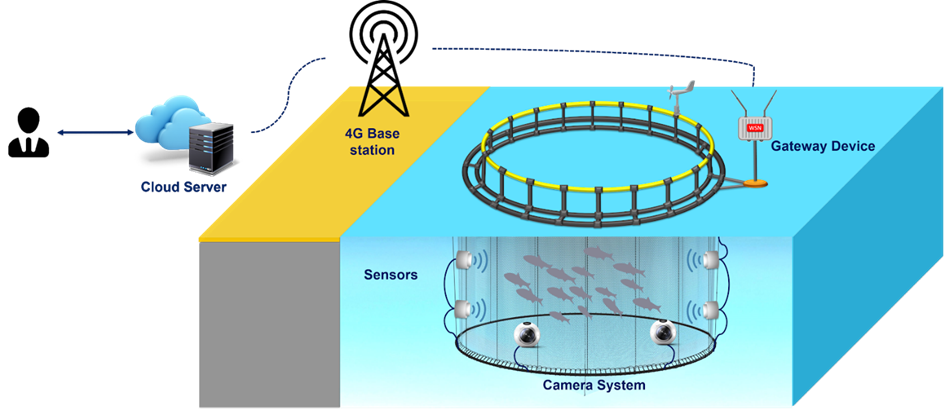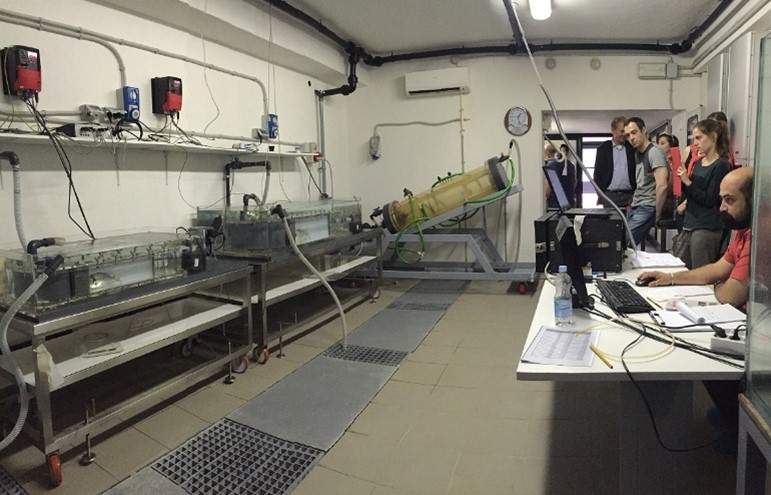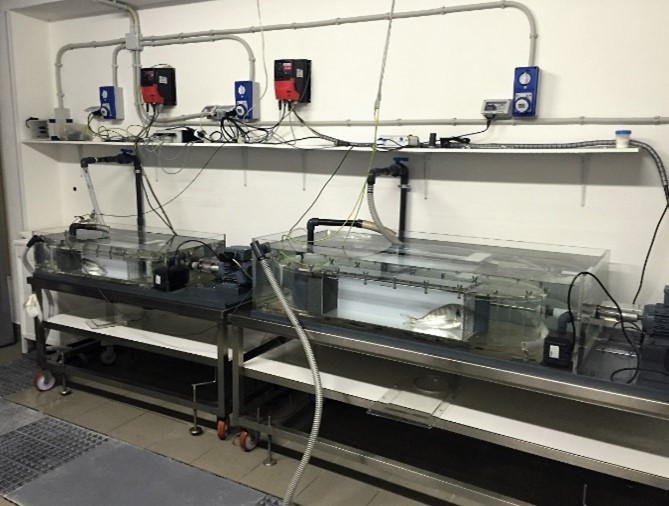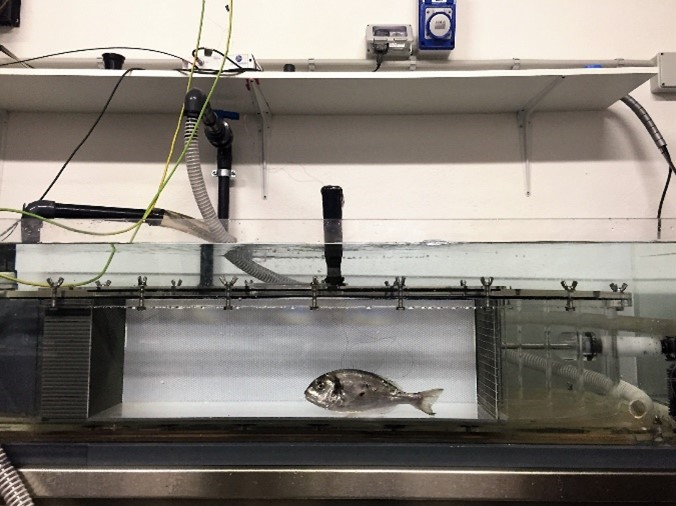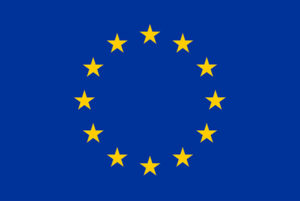How can the Internet of Things (IoT) enhance fish health and welfare?
The fish farming industry needs instruments that can monitor in real time fish health and welfare objectively, without killing or disturbing the fish or interfering with the daily management. The main aim to exploit the potential of Internet of Things (IoT) is to contribute to the development of sustainable and resilient aquaculture systems that ensures profitability, maintains healthy aquatic ecosystems and strengthens capacity for adaptation to climate change.
In the framework of the FutureEUaqua project, COISPA is committed to develop and test a multiplatform tracking system for simultaneously monitoring the activity and physiology of fish, as well as the main parameters of the environment where they are farmed, by using a wireless communication system. The study of aquatic animals (eg fish behaviour, condition, physiology) and the farming environment presents unique challenges to scientists because of the physical characteristics of water.
Enhanced environmental (e.g. oxygen, temperature, salinity, pressure) and biological (e.g. behaviour, activity, energetic, feeding physiology) sensor data, collected by a network of wireless electronic sensors, can provide accurate fine-scale measurements of environmental conditions, fish health, welfare and habitat use, average fish size and biomass, thus facilitating predictive modelling of the rearing performances and impacts.
The real-time wireless communication system and sensor network for the large-scale FutureEUAqua demonstration activities have been defined. The real-time wireless communication system and sensor network envisaged for the FutureEUAqua large scale demonstration activities includes a cloud platform that communicates wireless underwater, based on the technology offered by Real-time aquaculture (www.rtaqua.com) and a family of compact, submersible environmental sensors, with underwater and in-air wireless communications. This technology enables data-driven ocean farming where knowledge drives better decisions. The system architecture is shown here:
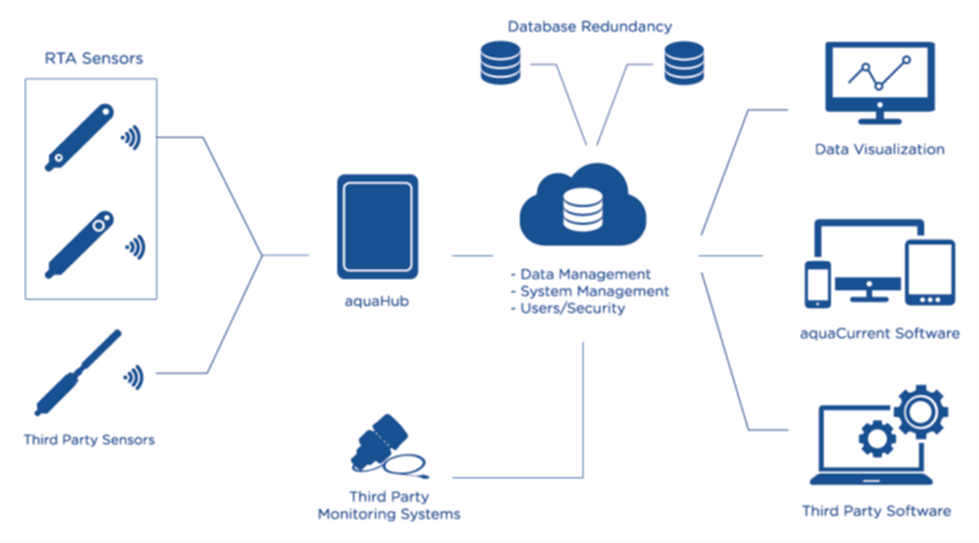
Progress in the testing of physiological sensors technologies
Understanding the impacts of environmental change and human activity on farmed fish can be greatly enhanced by using electronic sensors. Enhanced biological (e.g. behaviour, activity, energetic, feeding physiology) sensor data, collected by on-board electronic tags provide accurate fine-scale measurements of fish health and welfare during the large-scale demonstration activities in the project.
Before the large-scale demonstration, we firstly needed to establish a baseline of information for each of the target species, i.e. for gilthead seabream and seabass.
The objective was to find a calibration model of the tailbeat tag activity as a function of the i) critical swimming speed, ii) oxygen consumption and metabolic rate, iii) electromyograms. Less availability of anaerobic energetic reserves has consequences for the reactivity of stress systems, reflecting on a reduced ability of the fish to compensate stressful events.
The calibration tests provided us a model to assess fine-scale measurements of the fish physiological state and the ability to cope with stressful events.
In the telemetry laboratory at COISPA the swimming chambers are used to measure the physiological performances of fish. Click on a photo to see it in full size. All photos: COISPA
During these tests, in addition to other metabolic parameters, it is possible to measure the swimming ability, the energy budget available to face the challenges, the oxygen consumption, the recruitment of the red and white muscles (aerobic/anaerobic activity).
The fish is placed in a tube where the speed of the water can be adjusted, forcing the fish to swim upstream in different speed. Watch it here at slow and fast speds.
Development of biomass estimation sensing system
Fish biomass estimation is one of the most common and important practices in aquaculture. The relationship between the shape of the fish and the mass is well known. The mass of the fish is calculated from its geometric measurements using empirical relationships that depend on the species and condition of the fish.
Recent, rapid technological enhancements in video cameras improved the utility and accuracy of biomass assessment in cage aquaculture by means of stereovision.
The system tested in the laboratory of the University of Thessaly is based on stereovision and provides a way to accurately measure fish in their cages in a non-invasive manner and without the need to physically access the off-shore installation. At the same time, this is achieved utilizing easily accessible, but highly capable, modern, “off-the-shelf” hardware thereby driving the overall costs of such an installation down.
The system, illustrated below, consists of a stereo camera encased in a waterproof housing, a gateway device and an on-shore endpoint computer. Normal video and depth data are periodically captured by the camera and transmitted via wire to the gateway device situated above the surface of the water, on the rim of the cage. This data is later transmitted wirelessly to shore where it is further processed before finally being utilized by the user software to acquire the desired measurements.
